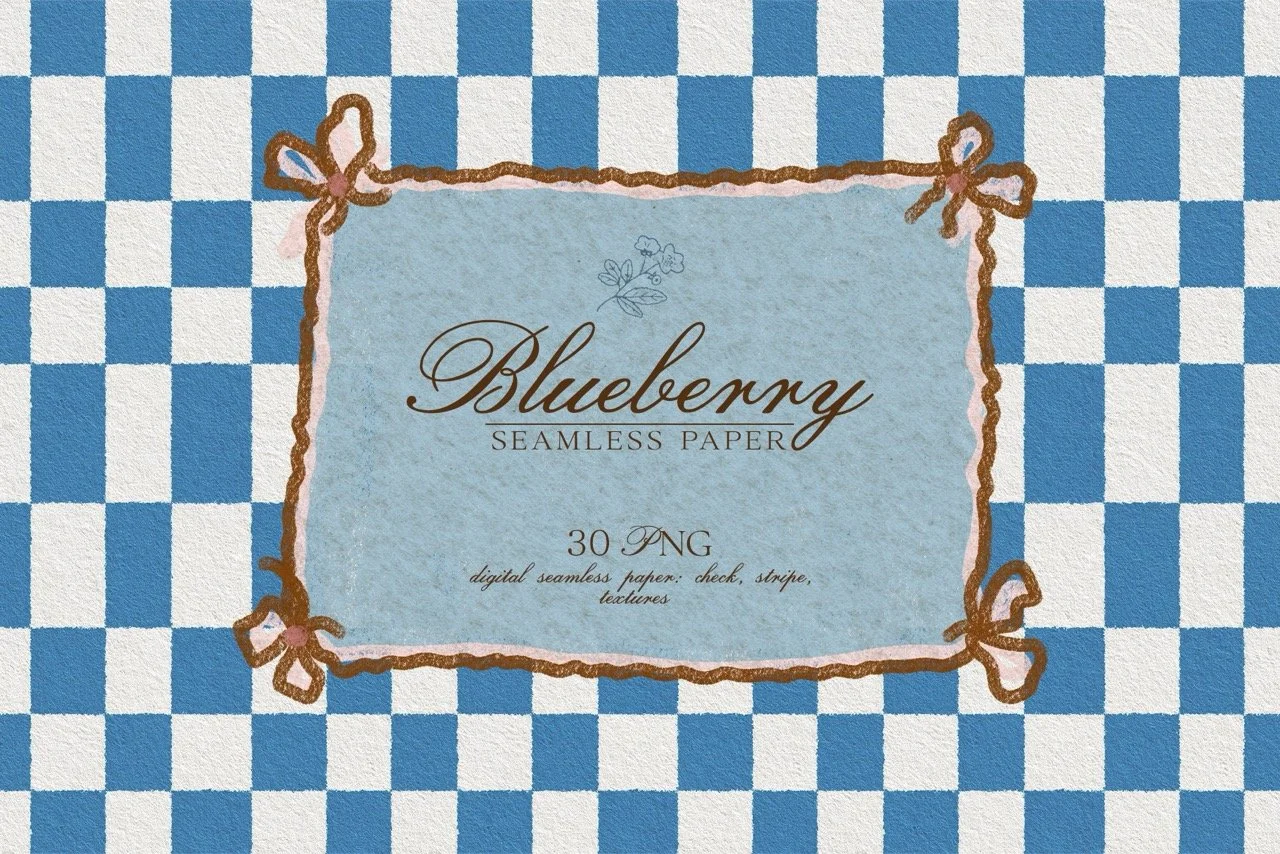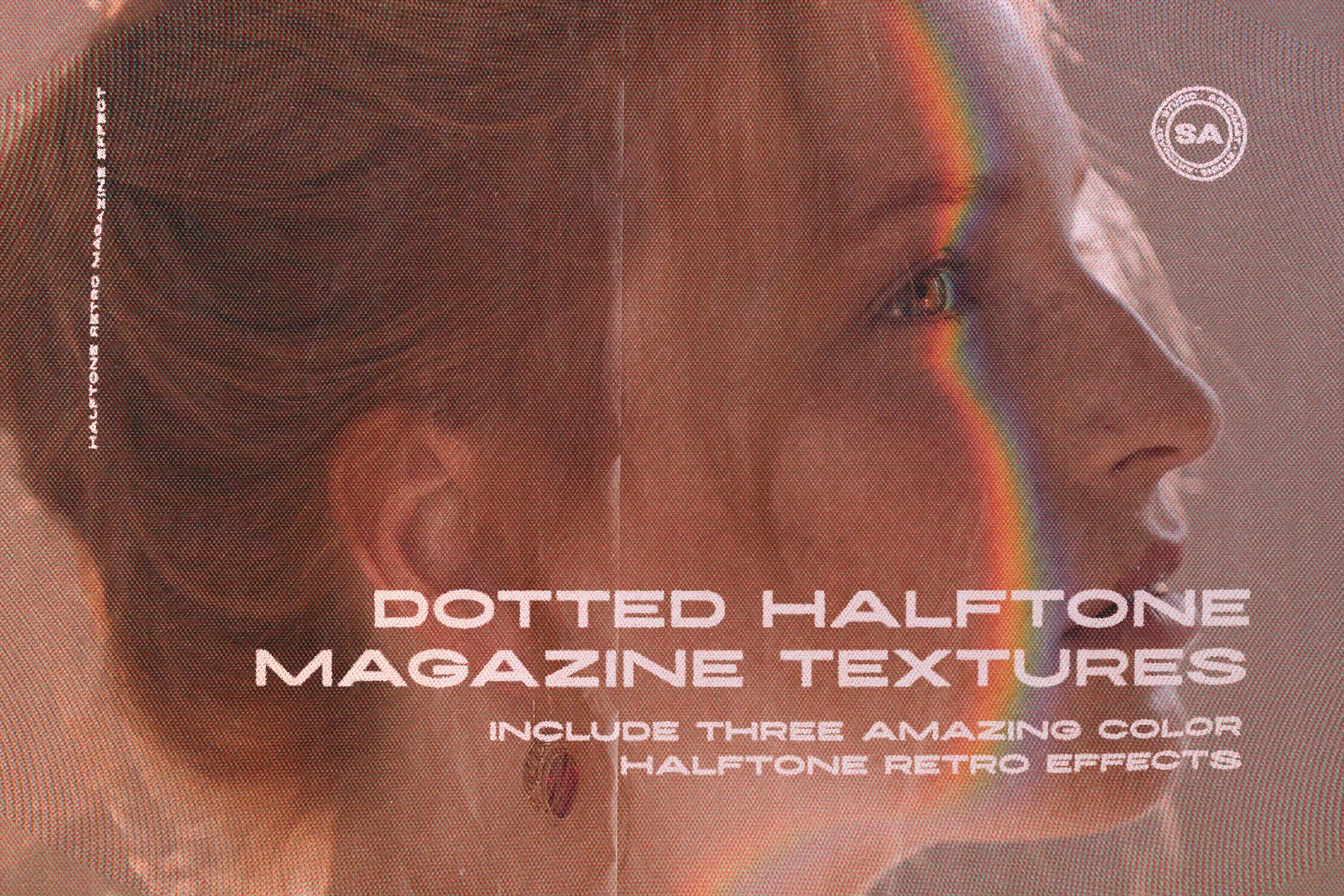Experience a classic printing style with Adobe Photoshop's halftone effects
Adobe Photoshop brings you the nostalgia of CMYK printing, a hallmark of the 20th century. Halftones, a technique using dot patterns, were pivotal when printing technology was nascent, creating the illusion of color and shading. Now, these effects serve as a nod to vintage photography, mimicking the dotted, textured look of early color prints.
Originally, printers used cyan, magenta, yellow, and black (CMYK) inks. The halftone method was developed to achieve a broader color spectrum using tiny dots in these four colors. Grouped closely, these dots blended to form various shades. Using CMYK, along with dot pattern and size variations, printers could replicate a wide range of colors.
Creating a halftone filter effect in Adobe Photoshop is straightforward:
Upload Images: Select and upload your desired images to Photoshop.
Access Filter: Navigate to the Filter menu in the top bar.
Select Pixelate: In the Filter menu, choose Pixelate.
Opt for Color Halftone: Inside Pixelate, select Color Halftone. Here, you can adjust the Radius and Channel settings to modify the halftone texture.
Radius: This setting alters the dot size and spacing, influencing the image's color gradient and clarity. Smaller dots yield a smoother effect, while larger dots can mimic the look of vintage comics or old advertisements.
Channel: This controls dot placement and overlap, with each Channel having a Screen Angle in degrees. Changing this angle alters how the CMYK dots are added and mix to create new colors.
In the digital era, halftone imagery remains prominent in pop art, screen printing, and graphic design, evoking the early days of color printing. Try halftoning to add a touch of nostalgia, age, or vintage flair to your projects, celebrating the dawn of color printing.






